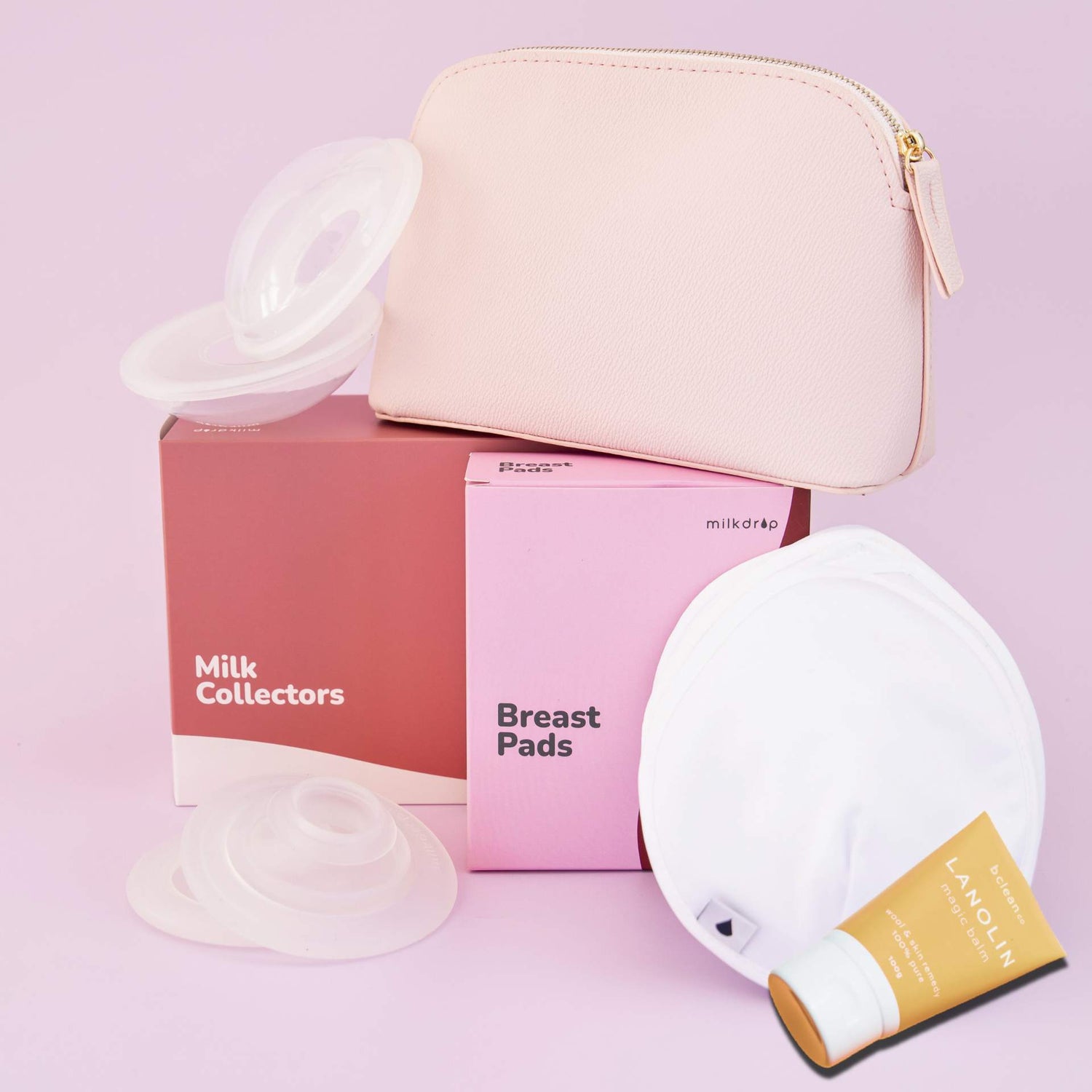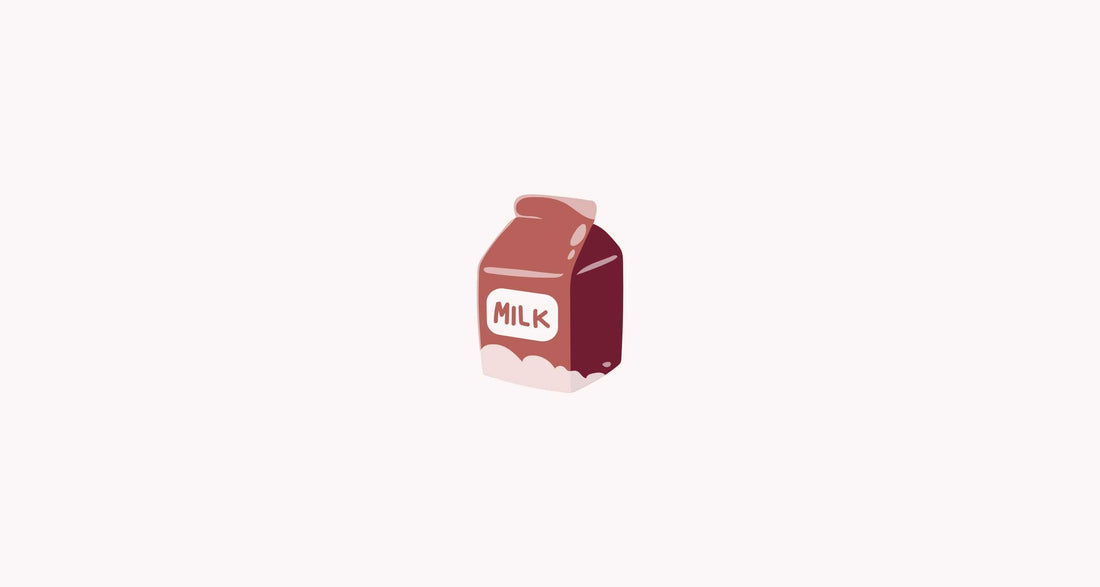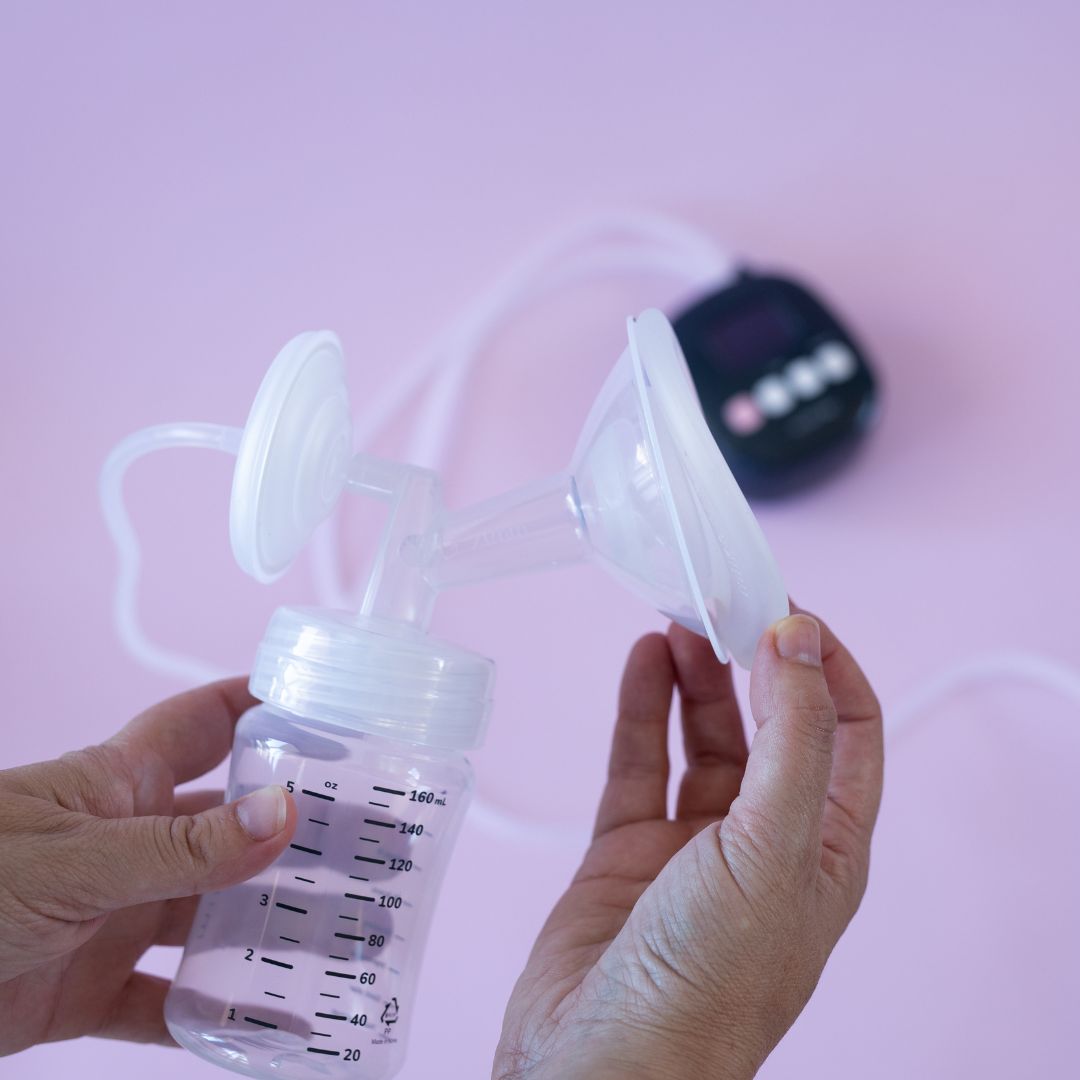Pumping can feel like hard work. Whether you’re exclusively pumping, trying to build a stash to donate or simply aiming for a top-up bottle, it can be yet another thing adding to the mental load.
So when you do pump, it’s only natural that you will want to increase your chances of a productive session with a good amount of milk output.
☝️ Before we get to the tips, remember that the number one way to increase your overall milk supply is usually to remove milk from the breast (supply and demand!). If you're struggling with supply, try to find help from a Lactation Consultant.
These tips may help you increase the amount of milk you are able to pump each session (rather than increasing your milk supply over all). Let's get pumping!
1. Check your flange size
Women come in all different shapes and sizes - and so do our nipples. Although many breast-related products (and general media and advertising) may lead you to believe that all nipples are stock standard, there is actually a lot of variation in nipple size and shape. Here are two things you can do to make sure you’re using the right size flange:
- Measure your own nipples.
- Find out the right size flange for your pump.
The ‘right’ flange size can be the difference between pumping a few drops and pumping lots.
If you are using a Milkdrop cushion, you don’t need to worry quite so much about getting the ‘right’ flange size. Milkdrop will mould to your nipple shape a bit better and give you some more leeway to get it right.
2. Hand compress while you pump
We know hands-free pumping is glorious, but one study has found that applying gentle compression with vacuum (gently massaging your breast while you pump) resulted in 10-46% more milk expressed. There are lactation massagers that can also help. Just be gentle - place the massager against your breast or tuck it in under your bra. Don't dig into your breast like a deep tissue massage! Read the study below on why compression helps with milk flow.
3. Warm your flange
Researchers found that using a warm breast pump shield increased the efficiency of milk removal for women who used shields heated to 39°C (102°F). Quite simply, the women who used heated shields collected more milk in the first 5 minutes than the women who didn’t. After that it evened out, but it’s worth a try! If you do warm your flange before your next pumping session, make sure to only do it a few degrees above your body temperature and check it’s not too hot before putting on your breast! Read the study below on how heated flanges resulted in more milk flow.
4. Try to find the way your body triggers your letdown
When oxytocin hits the myoepithelial cells around your alveoli (the grape looking parts that create and store milk in your breast 🍇), they contract, and push the milk out through your milk ducts and out your nipple. Some people can feel this contraction - it’s called a letdown. There are three main ways to trigger a release of oxytocin - hearing your baby cry, smelling them or looking at a photo of them, stretching your nipple (think the stimulation mode of your pump), and massage. Some people find that lactation massagers can help here, with the vibrations stimulating their letdown.
5. Relax… as much as you can
Being told to relax when you have a baby (or two) to care for can feel incredibly frustrating. Trying to create a sense of calm while pumping can yield better results than if you are feeling rushed or stressed. If time alone to pump simply isn’t on the cards, pop on your favourite music and take some deep breaths. Read the studies linked below that looked at the effect of music therapy on milk production and how mothers who listened to a 20 minute guided relaxation while pumping, expressed 63% more milk than the mothers who didn’t.
6. Get comfy
Pumping can be uncomfortable, even painful, for as many as 75% of women. Pain can be a big barrier to making pumping a sustainable thing. Milkdrop’s super soft cushions are designed to help with nipple swelling, redness, chaffing and pain.
We hope you find these ideas helpful! Pumping is hard work in an already demanding time of your life - be kind to yourself.
Ready for a more comfy pump? Get your Milkdrop cushions here.
Are you a Lactation Consultant? Join our clinician's program and get your free sample.
More reading:
Effect of Warm Breastshields on Breast Milk Pumping (Kent et al, 2011)
The Mechanics of Breast Pumping: Compression Stimuli Increased Milk Ejection (Alekseev & Ilyin, 2016)
Impact of music therapy on breast milk secretion in mothers of premature newborns (Jayamala et al, 2015)
Increasing breast milk production for premature infants with a relaxation/imagery audiotape (Feher et al, 1989)



